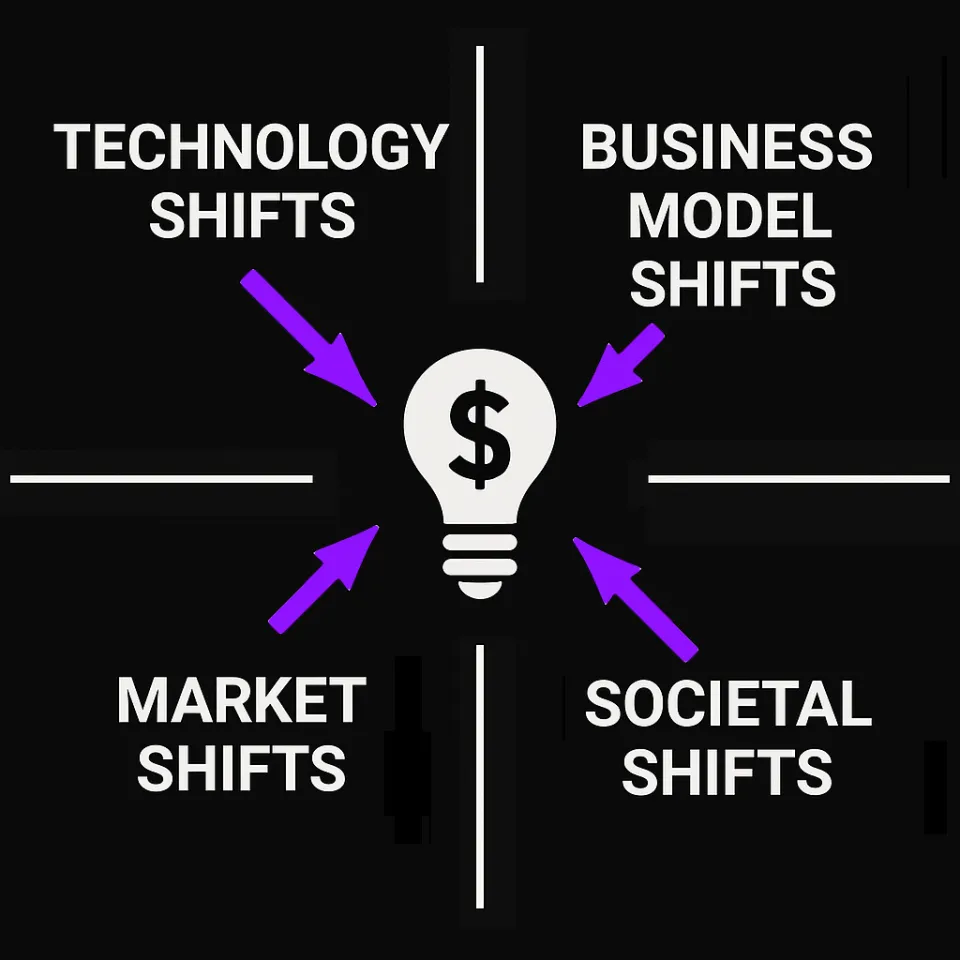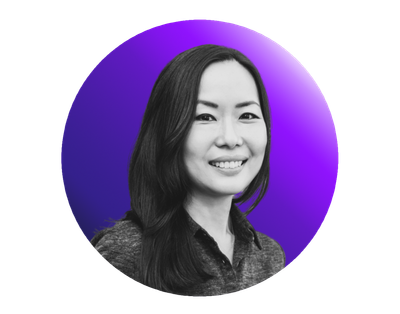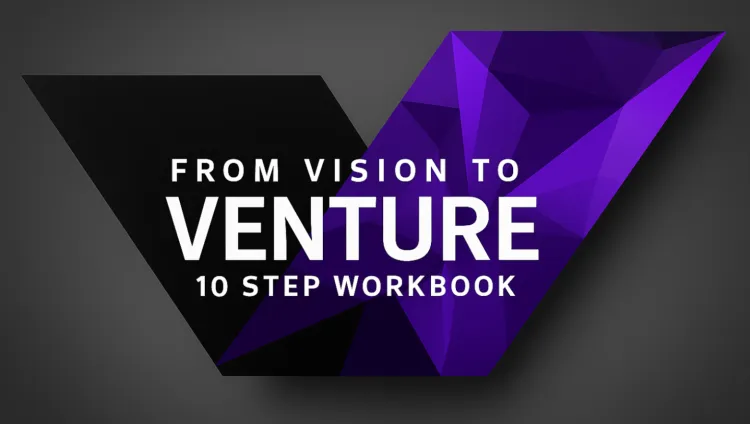The million-dollar question isn't whether AI will replace your job—it's whether you'll position yourself to capitalize on the massive wealth transfer happening right now. While most people obsess over which careers might survive, smart entrepreneurs– perhaps just like you, are quietly building businesses by identifying the exact intersection of four critical shifts. Here is my framework that reveals exactly how to find your unique business opportunity in this economic revolution.
The Opportunity Quadrant: Finding Your Business at the Intersection of 4 Powerful Shifts
Genuine business opportunities don't just appear randomly—they emerge predictably at the intersection of four distinct shifts:
1. Technology Shifts
Disruptive technologies don't just create incremental improvements; they fundamentally rewrite the rules of entire industries. They are not just new tools—they're new foundations upon which entirely new categories of business can be built.
The key insight: Don't focus on the technology itself, but on what new customer behaviors it potentially enables.
2. Business Model Shifts
The most powerful business opportunities often come from re-segmenting existing markets through novel business models. Uber revolutionized transportation without owning a single vehicle; they simply connected drivers to passengers through technology. Airbnb created the world's largest accommodation platform without purchasing any real estate; they unlocked value in existing private homes. Netflix dominated entertainment without producing all their own content initially; they built a distribution system that changed how we access media.
These platforms didn't create new physical assets—they created new ways to organize, access, and monetize existing resources.
Consider: What existing industry could you reorganize using new technologies like AI to deliver 10x more value?
3. Market Shifts
Regulatory changes, supply chain disruptions, and demographic transformations create openings for new solutions. The pandemic didn't create remote work—it accelerated its adoption by a decade, creating countless opportunities for businesses serving this new paradigm.
Ask yourself: What market boundaries are currently blurring or dissolving entirely?
4. Societal Shifts
Perhaps most subtle but equally powerful are changes in how people live, work, and find meaning. For example, the growing emphasis on sustainability, work-life integration, and personal wellness has spawned entire ecosystems of successful businesses.
Reflect: What emerging values are changing how people make decisions?
The real magic happens at the intersection of these four shifts. When a technological advancement enables a new business model that addresses a market gap created by regulatory change and aligns with your purpose and evolving societal values—you've found gold.
Validating Opportunity: The DDP Framework
Once you've identified a potential opportunity at this intersection, apply the DDP framework:
- Desirability: Who genuinely wants this solution? Not just superficially, but deeply enough to pay for it?
- Doability: Can you realistically build it with available resources?
- Profitability: Can you deliver the solution at a cost structure that enables sustainable profits? Can you make money out of it?

The most common entrepreneurial error isn't technical failure—it's fundamental misunderstanding of customer motivation. This brings us to a crucial technique:
The 5 WHYs: Uncovering True Customer Motivation
Customer motivation is rarely what it first appears to be. People don't want a fitness tracker; they want to monitor their activity. But they don't really want activity data; they want to improve their health. But why improve health? To have more energy, live longer (and find a mate). Why want more energy and longevity? To fully experience life's meaningful moments with loved ones without limitation.
By asking "why" five times, you drill down to the core human need. Is it:
- Growth
- Efficiency
- Risk reduction
- Entertainment
- Social connection
- Emotional fulfillment
When you understand the true customer motivation, you can create solutions that resonate so deeply that customers can't imagine life without them. (Remember Maslow's Hierarchy of Needs we recently talked about?)
Your Action Plan: From Insight to Implementation
Here's how to put these frameworks into immediate action:
- Map Your Intersection Points: Create a simple quadrant showing the four shifts. In each quadrant, list 3-5 specific changes you've observed. Look for patterns where these shifts overlap.
- Apply the 5 WHYs: For each potential opportunity, identify a customer problem and ask "why" five times to reach the core motivation.
- Test Against DDP: Ruthlessly evaluate each idea against the Desirability-Doability-Profitability framework. Be especially critical of your assumptions about customer desires.
- Start Small, Test Fast: Create a Minimum Viable Product (MVP) and get it in front of real users immediately. Their feedback is worth more than months of planning.
- Build Systems, Not Just Products: From day one, design your business to leverage technology for scale. If your growth requires proportional human effort, you're building yesterday's business model.
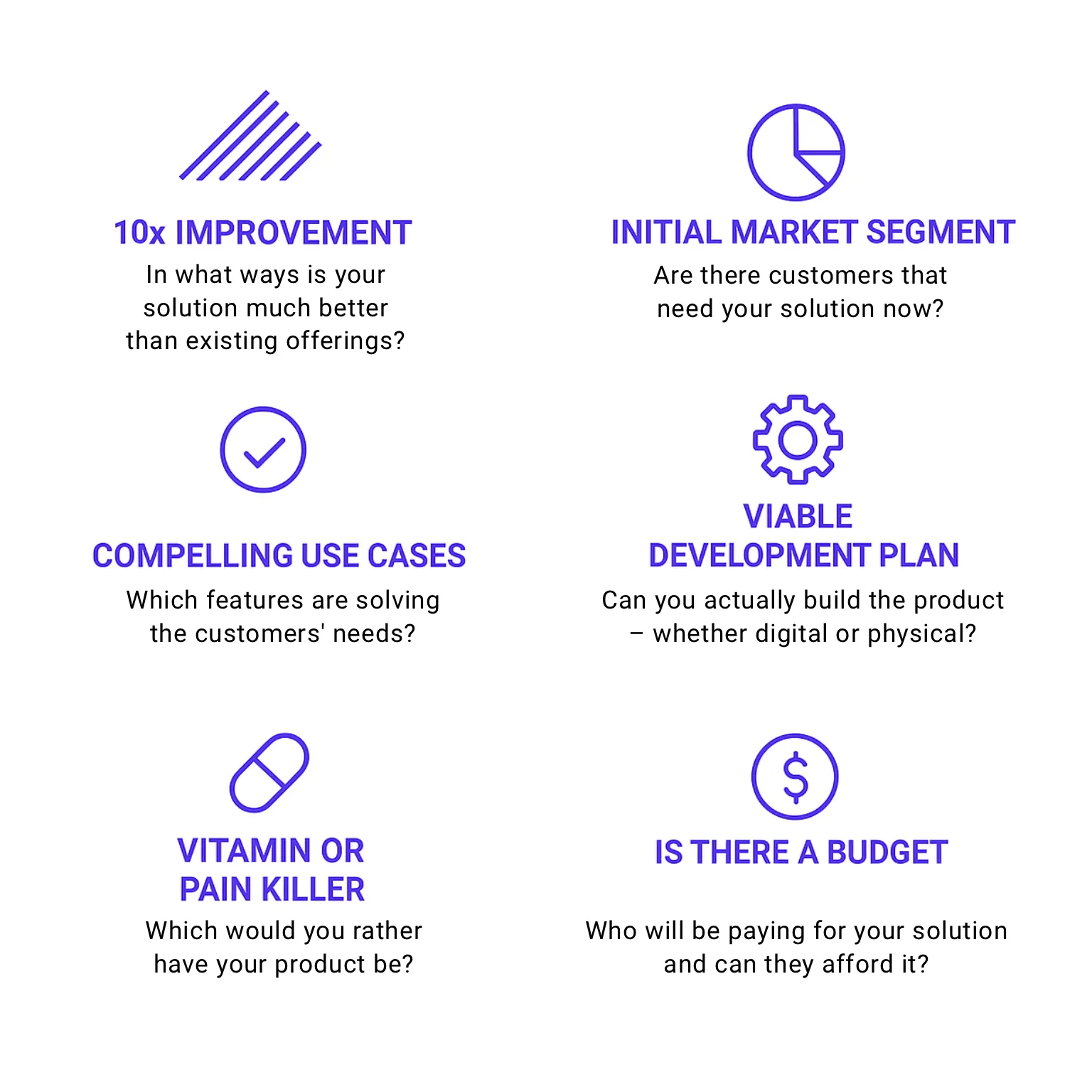
The Moment of Decision
Your business opportunity isn't hiding in plain sight—it's hiding at the crossroads of technological advancement, evolving business models, market transformation, and societal shifts. When you apply the 5 WHYs technique and rigorously test your idea against the DDP framework, you don't just build a business—you build your independence.
Today, right now, you have to choose: continue trading time for money in a game rigged against you, or start building your opportunity at the intersection of these four forces. Taking the first step isn't easy—uncertainty never is—but that initial discomfort pales in comparison to the life-long regret of the path not taken. The next move is yours, and with it comes the chance to build not just a business, but a life of purpose that aligns with your deepest values and aspirations.
